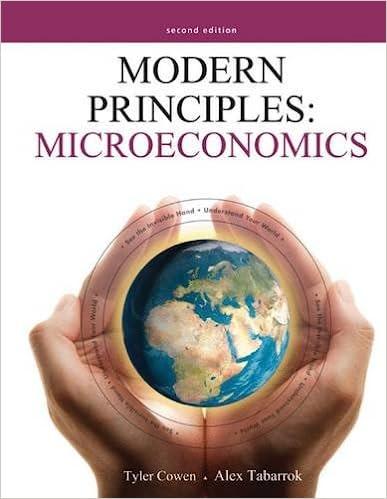1.5. Consider the supply and demand diagram below. In this market, the government subsidizes the production of...
Question:
1.5. Consider the supply and demand diagram below. In this market, the government subsidizes the production of this good, and the subsidy wedge is indicated.
Price 2
3 4
5 6
7 8
9 10 Quantity
a. Consider the progressive nature of the U.S.
federal income tax ystem: It' de igned so that higher income are taxed at higher tax rates. Thinking about the elasticity of labor supply, why might it be more difficult to collect tax revenue from a wealthy individ ual than from a poor person, all else equal?
b. Another way governments have tried to col lect taxes from the wealthy i through the use of luxury taxes, which are exactly what they sound like: taxe on good that are con sidered luxuries, like jewelry or expen ive cars and real estate. What is true about the demand for luxuries? Consider jewelry. I a luxury tax more likely to hurt the buyer of jewelry, or the seller ofjewelry?
Supply Quantity
a. Without the subsidy, which area(s) represent the total gains from trade?
b. After the subsidy, which area(s) represent consumer surplus? Which area(s) represent producer surplus? Which area(s) represent total government spending on this subsidy?
c. Which area(s) in part b showed up in the answer to more than one of the questions?
Can you explain this?
Step by Step Answer:

Modern Principles Microeconomics
ISBN: 9781429239998
2nd Edition
Authors: Tyler Cowen, Alex Tabarrok






